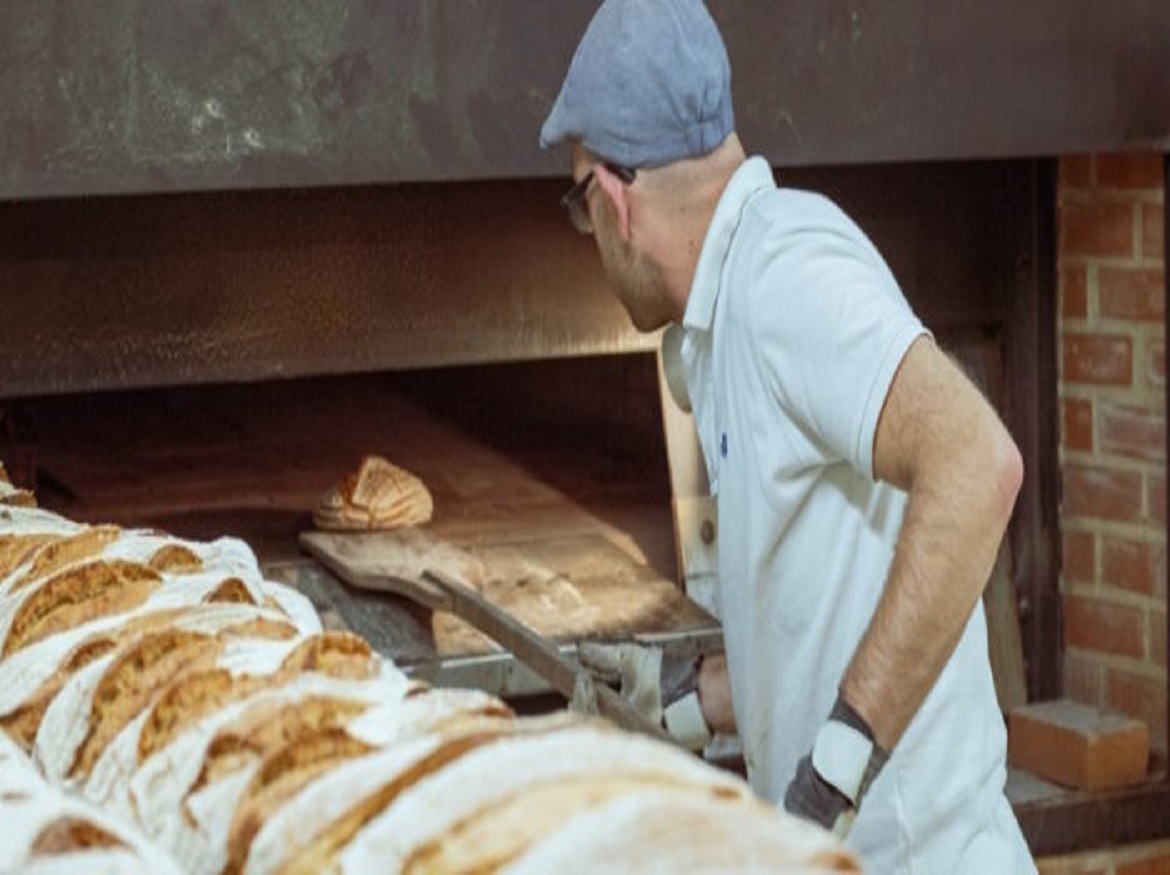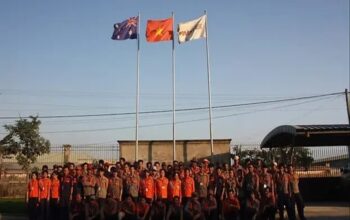If you have any doubts about whether the most renowned chefs in the world have earned their metrology stripes, keep in mind that professional kitchens have more measuring tools than certain factories. The majority of the seven SI base units are used on a daily basis by cooks because of their frequent fiddling with probes, sensors, scales, thermometers, and a wide variety of heating and cooling equipment.
How many other professionals have such skills in metrology? That is a significant accomplishment, and we haven’t even discussed molecular gastronomy.
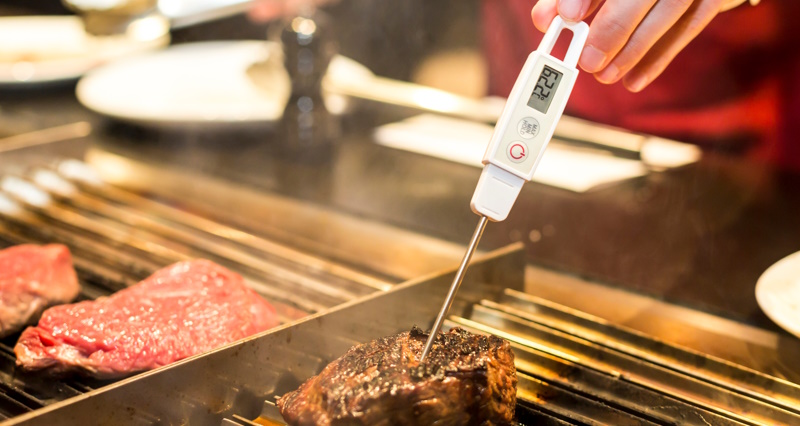
Seriously though, measuring is the lifeblood of the food industry, from ingredients, crop yields, and price, to processing, preparation, and preservation. The realm of measuring has been pushed by food, which is maybe more intriguing. The global food system is the only industry that has had such a significant impact on metrology progress; perhaps this is why the topic of this year’s World Metrology Day is measurements supporting the global food system.
There has long been a connection between food and metrology. You could even describe it as a chicken-and-egg scenario. Some of the earliest units of measurement were developed to help the distribution and production of food. Food production increased along with human civilization, which in turn facilitated trading across longer distances. A consistent system of weights and measurements was necessary for each of them. According to historians, the early spice trade started around 1000 B.C. Such journeys must have had a significant impact on the world’s measurement systems. Suddenly, the demand for accurate measurement devices grew. In particular, maritime trade required accurate timekeeping, distance measures, and long-distance communication.
Now take into account the fact that the initial units of measurement were really made of food! “The grain” is one of the earliest types of mass. The following is from the Britannica Encyclopaedia:
At least one measurement system based on food is still in use today. That is the carat, which has more recently been used to gauge the purity of gold and the weight of gemstones since antiquity. The carat is based on the weight of the carob tree’s edible seeds, which are believed to gain an unusually uniform weight over time. Several academic studies have examined this in-depth, most recently Turnbill et al 2006.
There are many historical connections between metrology and food production. Now let’s think about the present and consider the future. More than ever, there is a need to understand the connections between metrology and the world food system.
A UN research estimates that 800 million people would experience famine or starvation in 2020. There were 2.37 billion individuals in the globe, an increase of 320 million from the previous year, who did not have access to enough food. The food industry spans the entire supply chain, from farm to fork. Success affects everything from processing and logistics to annual rainfall averages and soil quality.
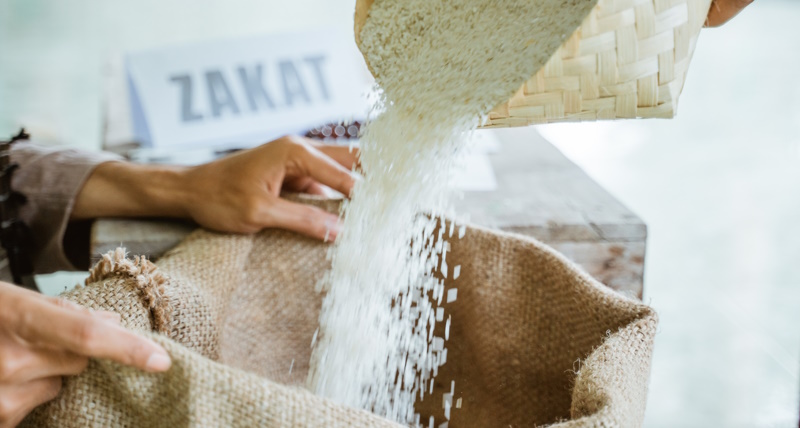
Since the outset, metrology has taken the lead in assisting and enhancing global food production and distribution. It provides us with the information to enable data-driven resource management decisions and sustainable farming practises, as well as the instruments to maximise crop yields. We frequently discuss how intelligent digital technologies accelerate, improve, and sustain manufacturing here on the Manufacturing Intelligence blog. That holds true for the food industry just as much as it does for any other.
Systems for intelligent digital metrology improve the accuracy and precision of food production. With so many people struggling with food insecurity, it’s critical to cut waste and work as efficiently as possible. Food quality is ensured by metrology in the world’s food systems because it offers unbiased, accurate measurements. Food products are continuously monitored along the supply chain, and integrated systems provide traceability throughout the entire system.
Warehousing and distribution are two of the most fascinating areas where metrology is having an impact on the world food chain. The science of metrology makes it possible for modern facilities to operate with an almost hive-mind mindset and use automated, robotic equipment to choose and pack things.
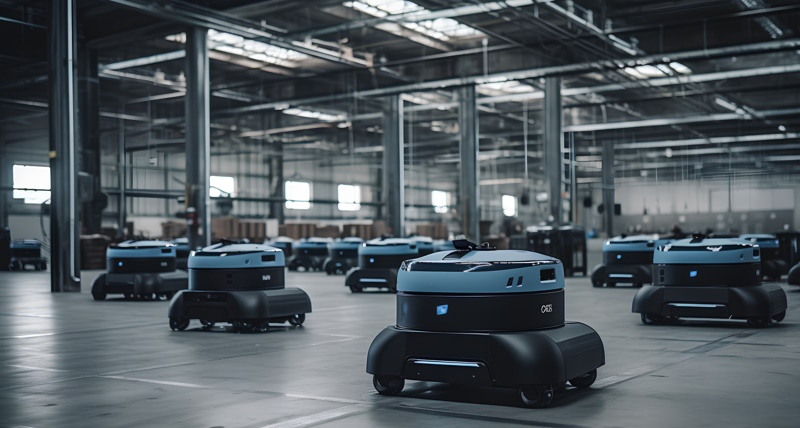
In warehouses the size of several football fields, these robots speed about on a meticulously constructed grid of rails, hundreds of them operating simultaneously. They never collide since everyone is in constant communication with one another; instead, they pass each other by mere millimetres apart. The robots’ tracks and bodies are constructed to exact specifications and are examined and validated with submicron accuracy.
Let’s raise a micrometre this year and salute the global food business as we recognise the crucial contribution it has made to the growth of metrology into the endlessly intriguing and unquestionably important subject of study it is today.
Credits: Hexagon
Click on the following link Metrologically Speaking to read more such blogs about the Metrology Industry.


